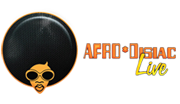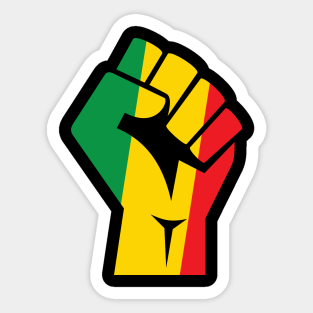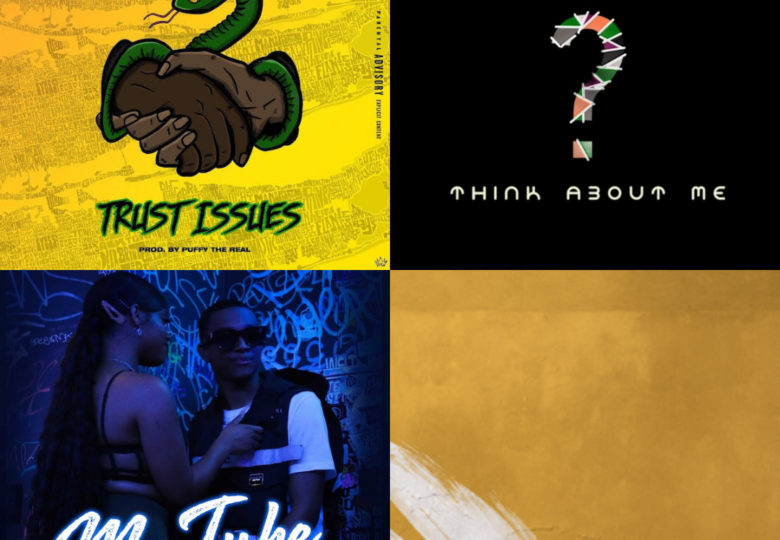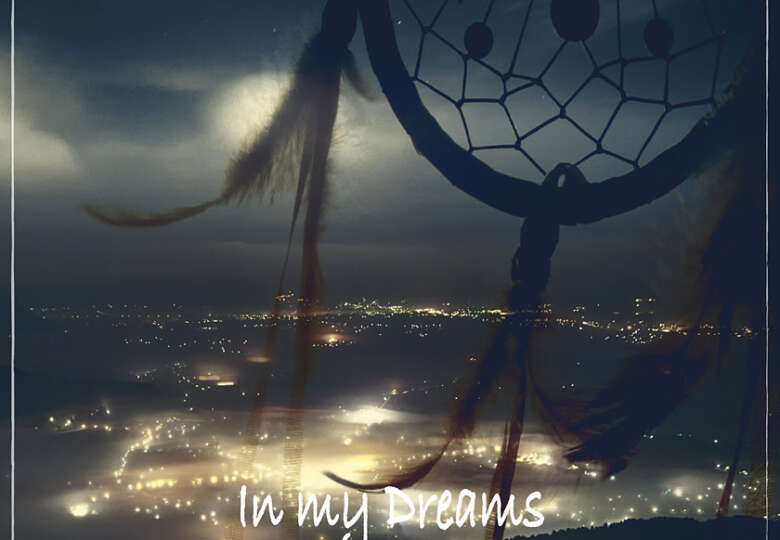Happy Monday to all you non-England supporters out there and to the England fans….we’re sorry for your loss – it has to be said. Anyway, onwards and upwards!
If you’re reading this then you are most likely already a fan of Reggae to some capacity and have probably enjoyed the genre’s positive vibes on beach holidays, in clubs, in your car on the drive in or just sat on the sofa at home. Wherever it is, when a Reggae tune comes on you know it’s Reggae almost instantly. This leads me to pose the question – how do we know a song is classified as Reggae? So like most members of Gen-Z, I turned to Google to do my work for me.
A Little History – It’s time for a little history lesson. Reggae music evolved from several traditional Jamaican music styles; most notably Ska. It came to prominence in Jamaica in the late 60s with artists such as Jimmy Cliff, Peter Tosh and, of course, Mr Bob Marley himself.
Lyrical Content – For a long time, Jamaican artists have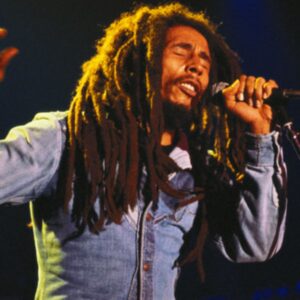 used Reggae as a conduit to inform the world of their history, culture and struggles with their historically oppressive political system and current affairs. The lyrical content of Reggae music has always unapologetically pushed for universal unity and political justice. These lyrics would typically be sung with a Jamaican accent given the country of origin.
used Reggae as a conduit to inform the world of their history, culture and struggles with their historically oppressive political system and current affairs. The lyrical content of Reggae music has always unapologetically pushed for universal unity and political justice. These lyrics would typically be sung with a Jamaican accent given the country of origin.
Aesthetic – What does Reggae look like? I’m sure you all are familiar with the red, green and gold/yellow colour scheme that is often associated with the genre. This is actually one of the characteristics Reggae adopted from Rastafarianism and actually has a deep-rooted meaning. To quote the BBC, the meaning behind these colours is as follows:
- Red signifies the blood of those killed for the cause of the black community, throughout Jamaican history
- Green represents Jamaica’s vegetation and hope for the eradication of suppression
- Gold symbolises the wealth of Ethiopia
- Black signifies the colour of the Africans who initiated Rastafari
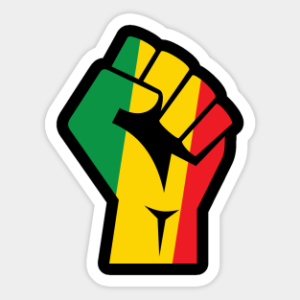
Instrumentation – Reggae uses a relatively “Pop” band setup with vocals, electric guitar, drums and electric bass as the standard set up, although it is not uncommon to hear brass instruments being used too. Mix-wise, the bass guitar is heavily emphasized with the intention of rocking the dance floor.
Musical Characteristics – This section is for the musicians among you, so please skip if you’re easily bored by musician-talk. These are the key musical components that will help you identify a Reggae track:
- Almost always using 4/4 time, with a heavy emphasis on the backbeat.
- Tempo is usually between 80 and 110BPM (a little bit slower than the average pop song.
- Harmony-wise, the chords tend to follow common progressions (I – V – vi – IV).
- The upfront electric bass holds the track down and frequently jumps octaves.
- The key component of Reggae is the rhythm. It features an abundance of offbeat rhythms being played by guitar, piano or both with no emphasis on the first beat of the measure. If you hear this, you’ll be listening to Reggae.
That concludes today’s little insight into the world of Reggae and what to listen out for. I certainly learned a lot just from the research alone so I hope you did too and if I’ve missed anything then please send us a message so I don’t look like a fool!
Take care everyone.
Written & Researched by Max Dervan
https://www.linkedin.com/in/max-dervan-7a1252199/
